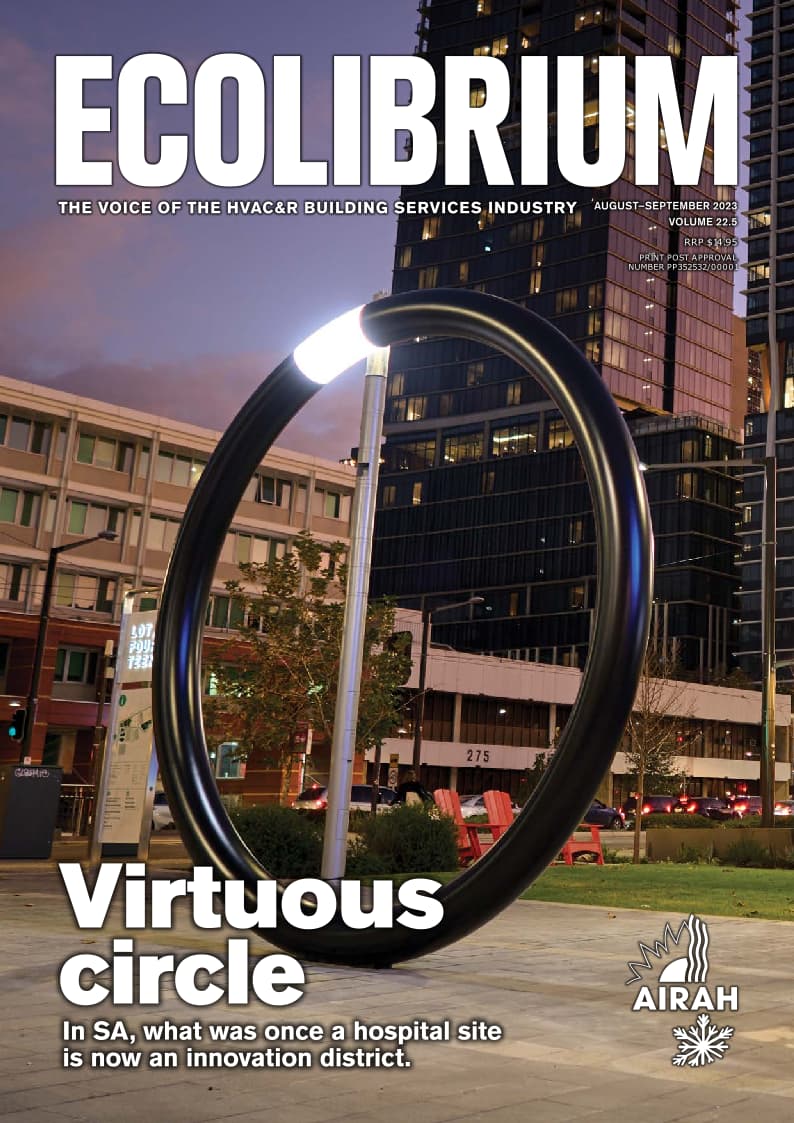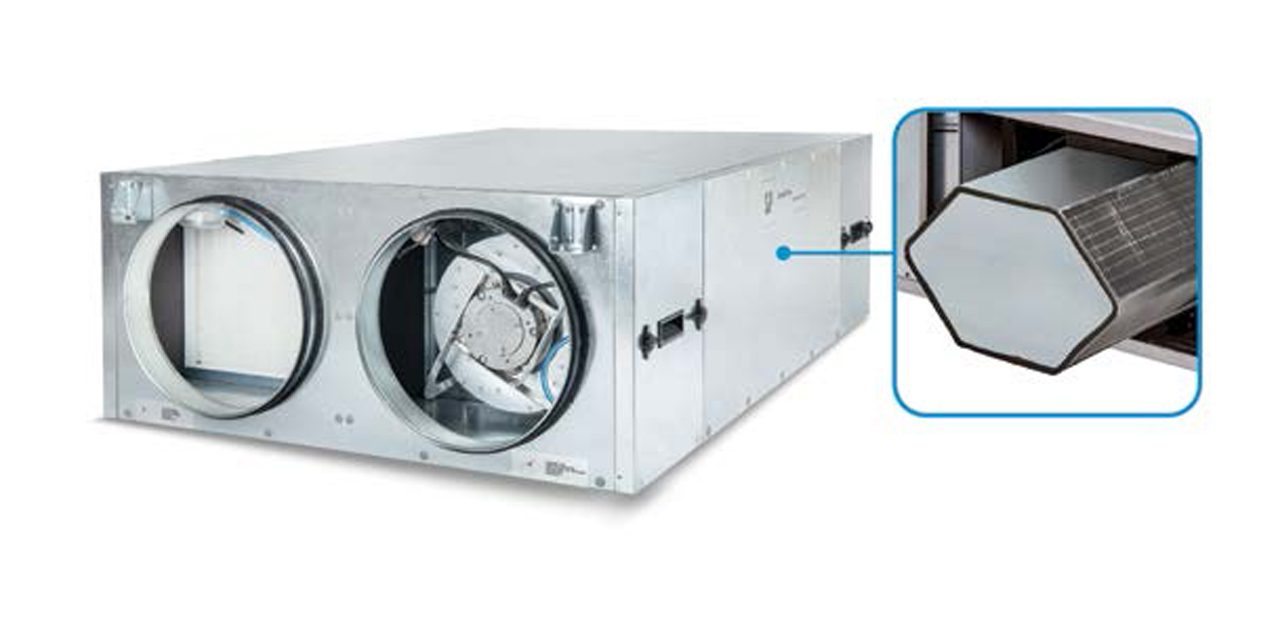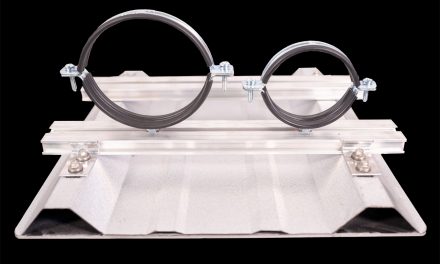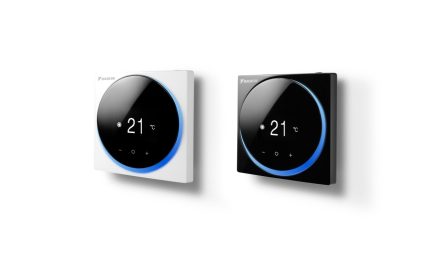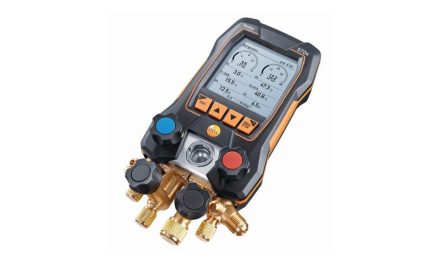Fantech is now stocking its newest commercial in-ceiling HRV range: the CAD Compact.
“Airflows range from 140 to 1150L/s with heat recovery efficiencies around 80 per cent,” says Fantech. “All units have high-efficiency single-phase EC fans – except for the largest model with three-phase fans – and F7 supply air filtration is included as standard.”
Fantech says the units incorporate several unique industry-leading features including a bypass (economy) damper, and a Eurovent-certified counterflow heat exchanger.
This is designed to achieve reliably high levels of heat recovery and allows calculation of efficiency based on local air conditions rather than quoting custom lab conditions designed to optimise reported efficiency data. Unlike many HRV units on the market, CAD Compact units are tested for airtightness.
This test data is available to build confidence in installed performance. The base ECO model is suited to contractors wanting to manage all functions externally either via a BMS or fixed-speed operation, while the ADV (advanced) model provides additional capabilities, and bypass operation is managed entirely by the unit itself with the user only needing to set a desired comfort temperature. “This makes the ADV version perfectly suited to projects where there’s a high level of control required but no BMS (due to factors such as scale of project or budget considerations,” says Fantech.
Go to www.fantech.com.au
